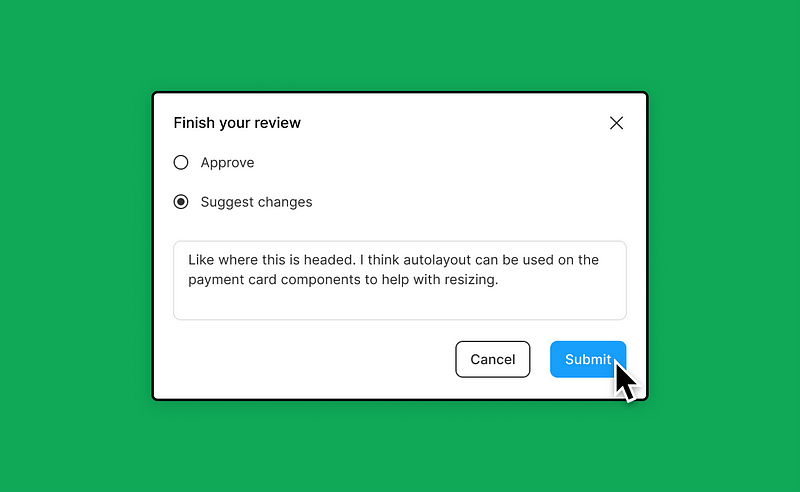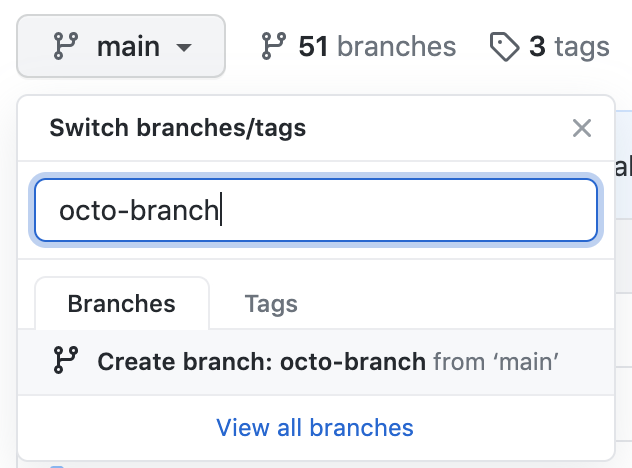# Enhancing Figma's Branching Capabilities: A Closer Look at Design Tools
Written on
Branching in Figma: An Overview
Figma's branching feature has revolutionized the way designers work, allowing them to make adjustments without interrupting ongoing projects. In contrast to the past, when designers had to rely on external tools like Abstract for file branching, Figma now offers robust in-app capabilities for managing changes. However, despite these advancements, the branching feature is still developing and has room for improvement.
Branching, inspired by practices in software development tools like GitHub, allows designers to create separate paths for their work. This not only prevents disruption to existing files but also offers a space for experimentation and refinement without fear of immediate critique.
Recently, Figma removed the Beta label from its branching feature and introduced enhancements such as branch reviews and suggestions. If you're unfamiliar with how branching operates within Figma, you can delve into these informative videos provided by the Figma team.
The first video, "Office hours: Dive into branching," explores the intricacies of Figma's branching feature, providing valuable insights for users.
The second video, "Office hours: Deeper into branching," goes into further detail about Figma's branching capabilities and their impact on design workflows.
Current Challenges in Figma Branching
While Figma's recent updates signify progress, there are still several challenges that need to be addressed. For instance, even though the review and suggestion features have been added, providing targeted feedback can be cumbersome. Currently, reviewers must fill out a text box that lacks intuitiveness, making it difficult to provide precise suggestions.
To improve this process, it would be beneficial for Figma to enable reviewers to leave context-specific comments directly within the review interface, streamlining the suggestion process.

The Need for Compulsory Branching
Despite having branching capabilities, many designers do not utilize this feature. This reluctance stems from Figma's user-friendly interface, which encourages quick edits without the need for branching. As a result, the branching feature tends to be underused, as most designers prefer immediate changes over structured branching practices.
To encourage wider adoption of branching, Figma could implement a system where branching becomes mandatory for certain projects. This approach mirrors practices in software development, where developers must start their work within a branch, ensuring thorough review and quality control before merging changes into the main project.

Integrating Ticket References
Designers often create branch names based on personal preference, but it would be advantageous to connect these branches to project management tools like JIRA, Trello, or Notion. This integration would facilitate easier navigation between design work and related tasks, benefiting designers, developers, and product managers alike.

Looking Ahead: Future Improvements
As someone who actively explores Figma's branching features, I appreciate the branch review functionality that overlays original and modified screens. This capability is particularly useful for assessing small changes in complex designs that may be overlooked with a simple side-by-side comparison.
I remain optimistic that Figma will continue to enhance its branching and merging features over time. The Figma product team is known for being responsive to community feedback and regularly introduces improvements that benefit users.
Thank you for reading! If you’d like to engage further, feel free to connect with me on LinkedIn, Twitter, Figma, Dribbble, or Substack. I'm also open to discussions on design mentorship or your next exciting design project.